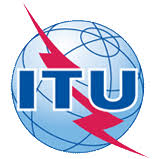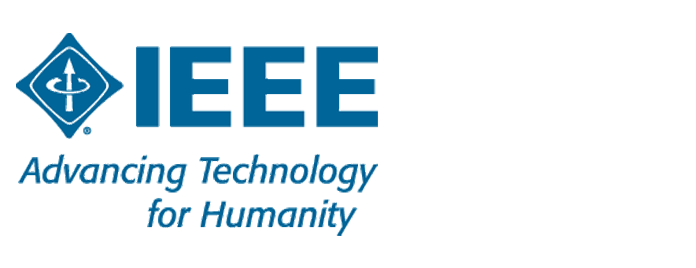ITU-T F.EMO-NN - Emotion enabled multimodal user interface based on artificial neural network





The performance and functional capability requirements for DER connected with the Area Electric Power Systems (Area EPS) are defined in IEEE Std 1547(TM). This amendment revises the ranges of allowable trip clearing time settings in Table 13 for DERs in abnormal operating performance category III to allow wider ranges that can broaden and simplify the adoption of the standard. In addition, the related informative Figure H.9 is revised accordingly.

This recommended practice specifies how the elements and attributes defined in the Atom Syndication Format (Atom) relate to the components of the conceptual model for resource aggregation defined in IEEE Std 1484.13.1(tm)-2012.

Specified in this recommended practice are how the elements and attributes defined in the Open Archives Initiative Object Reuse and Exchange (OAI-ORE) Abstract Model and expressed in the OAI-ORE Resource Map Implementation in RDF/XML relate to the components of the conceptual model for resource aggregation defined in IEEE Std 1484.13.1(TM)-2012.

Augmented Reality (AR) promises to provide significant boosts in operational efficiency by making information available to employees needing task support in context in real time. To support according implementations of AR training systems,this document proposes an overarching integrated conceptual model that describes interactions between the physical world, the user, and digital information, the context for AR-assisted learning and other parameters of the environment. It defines two data models and their binding to XML and JSON for representing learning activities (also known as employee tasks and procedures) and the learning environment in which these tasks are performed (also known as the workplace). The interoperability specification and standard is presented in support of an open market where interchangeable component products provide alternatives to monolithic Augmented Reality-assisted learning systems. Moreover, it facilitates the creation of experience repositories and online marketplaces for Augmented Reality-enabled learning content. Specific attention was given to reuse and repurposing of existing learning content and catering to ‘mixed' experiences combining real world learner guidance with the consumption (or production) of traditional contents such as instructional video material or learning apps and widgets.

This Standard describes a data model to support the interchange of agreed upon data elements and their values between a learning-related content object and a runtime service (RTS) used to support learning management. This Standard does not specify the means of communication between a content object and an RTS nor how any component of a learning environment shall behave in response to receiving data in the form specified. This Standard is based on a related data model defined in the "Computer Managed Instruction (CMI) Guidelines For Interoperability," version 3.4, defined by the Aviation Industry CBT Committee (AICC). To balance the need to support existing implementations with the need to make technical corrections and support emerging practice, this Standard selectively includes those data elements from the CMI specification that are commonly implemented; renames some data elements taken from the CMI specification to clarify their intended meaning; modifies the data types of data elements taken from the CMI specification to reflect ISO standard data types and internationalization requirements; removes some organizational structures used in the CMI specification to group data elements that are specific to the AICC community of practice and not generally applicable; and introduces some data elements not present in the CMI specification to correct known technical defects in data elements taken from that specification.

This guide will provide a framework that outlines technologies and the processes for planning the evolution of a smart city. Smart Cities and related solutions require technology standards and a cohesive process planning framework for the use of the internet of things to ensure interoperable, agile, and scalable solutions that are able to be implemented and maintained in a sustainable manner. This framework provides a methodology for municipalities and technology integrators to use as a tool to plan for innovative and technology solutions for smart cities.

The standard details processes which may be taken into account to improve energy efficiency, common infrastructure and ease deployment of smart new services as IP network.

The TS needs some minor updates to the normative references and abbreviations sections.
